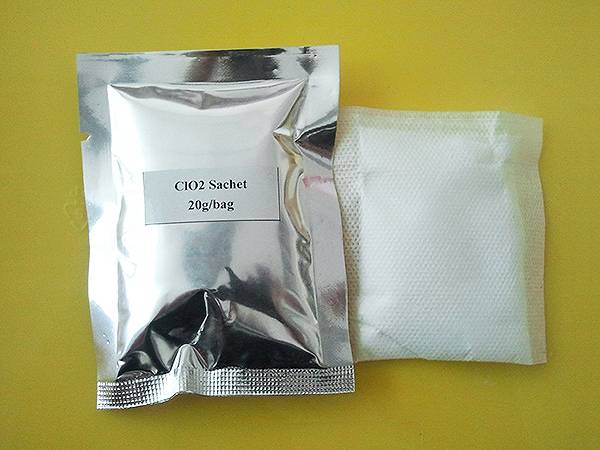



Process for Manufacturing Potassium Nitrate Fertilizer Using Sustainable Methods and Techniques
The Manufacturing Process of Potassium Nitrate Fertilizer
Potassium nitrate, often referred to as saltpeter, is an important fertilizer in the agriculture industry, known for supplying essential nutrients, particularly potassium and nitrogen. The synthesis of potassium nitrate involves a sophisticated manufacturing process where natural resources are transformed into a product that can significantly enhance soil fertility and crop yields.
Raw Materials and Sources
The primary raw materials for producing potassium nitrate are potassium chloride (KCl) and sodium nitrate (NaNO3). These can be derived from mineral sources such as the evaporation of saline lake waters or mined from mineral deposits. In some cases, potassium nitrate can also be produced from the reaction of potassium hydroxide with nitric acid, although this method is less common for large-scale production.
The Chemical Reaction
The key reaction in the formation of potassium nitrate occurs between potassium chloride and sodium nitrate. The balanced chemical equation for this process is as follows
\[ \text{KCl} + \text{NaNO}_3 \rightarrow \text{KNO}_3 + \text{NaCl} \]
In this reaction, potassium chloride reacts with sodium nitrate to produce potassium nitrate and sodium chloride (common salt). The production of sodium chloride as a byproduct is manageable as it can be marketed for various uses, including food preservation and as a seasoning agent.
Dissolution and Filtration
The first step in the manufacturing process is to dissolve the potassium chloride and sodium nitrate in water. This is typically done by heating the solution, which allows for better solubility. Once the salts are completely dissolved, the solution is filtered to remove any insoluble impurities that could affect the quality of the final product.
Crystallization
potassium nitrate fertilizer manufacturing process

Following filtration, the clear solution undergoes crystallization. This is a crucial part of the manufacturing process, where the conditions are controlled to allow potassium nitrate crystals to form while the sodium chloride remains in solution. Cooling the solution gradually or allowing it to evaporate helps in the selective crystallization of potassium nitrate. The solubility differences between potassium nitrate and sodium chloride are exploited, as potassium nitrate has lower solubility at lower temperatures.
Separation and Drying
Once the potassium nitrate has crystallized, the next step is to separate the crystals from the remaining solution. This can be done through centrifugation or vacuum filtration. The separated crystals are then washed with cold water to remove any adhering sodium chloride. After washing, the crystals are dehydrated through drying methods, often using hot air or other techniques to achieve a moisture content that is optimal for storage and application.
Granulation
To produce a more uniform and easily spreadable product, the potassium nitrate may undergo granulation. This process involves agglomerating the potassium nitrate crystals into larger granules, which can help in various application methods, particularly when used in bulk spreading on fields. Granules help reduce dust, improve handling, and enhance dissolution rates when applied to soil.
Quality Control
Quality control is an essential aspect of the manufacturing process. The potassium nitrate produced must meet specific agricultural standards, including purity, particle size distribution, and overall nutrient content. Regular testing of the product at different stages of production ensures consistency and reliability.
Final Packaging and Distribution
After passing quality checks, the finished potassium nitrate fertilizer is packaged in bags or bulk containers, ready for distribution to agricultural markets. It is vital that the packaging protects the product from moisture, as potassium nitrate is hygroscopic and can clump or degrade if exposed to water.
Conclusion
The manufacturing process of potassium nitrate fertilizer combines chemical reactions, physical transformations, and quality control measures to produce a high-quality agricultural product. With the growing demand for efficient fertilizers in modern agriculture, potassium nitrate remains a vital component. Its ability to supply both potassium and nitrogen makes it invaluable for crop production, promoting healthy growth and maximizing yields. The technological advancements in its production ensure that potassium nitrate continues to play a crucial role in feeding the world's population sustainably.
-
Why Sodium Persulfate Is Everywhere NowNewsJul.07,2025
-
Why Polyacrylamide Is in High DemandNewsJul.07,2025
-
Understanding Paint Chemicals and Their ApplicationsNewsJul.07,2025
-
Smart Use Of Mining ChemicalsNewsJul.07,2025
-
Practical Uses of Potassium MonopersulfateNewsJul.07,2025
-
Agrochemicals In Real FarmingNewsJul.07,2025
-
Sodium Chlorite Hot UsesNewsJul.01,2025










